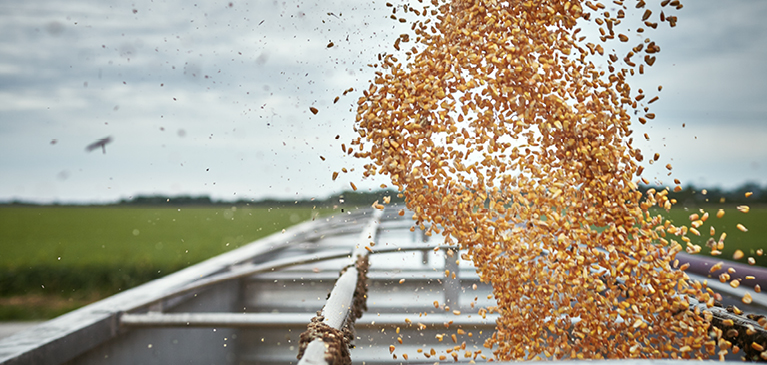

In a recent meeting sponsored by agricultural lenders, producers were asked about adjustments they were making in their businesses. Individualized keypads engaged producers and allowed them to provide anonymous responses. This exercise was particularly pertinent as agriculture moves into its fifth year of the economic reset. Today’s elongated grinder of a cycle is in bold contrast to the quick and abrupt downturn of the 1980s. The current economic environment is taking a toll both financially and emotionally on those connected with agriculture, which made all participants eager to hear the adjustments of others.
From the producer responses, one of the most popular adjustments was changing enterprises in favor of more profitable outcomes. In fact, 60 percent of the 400 responses indicated an enterprise change. Yet, with this strategy, one must first analyze the market and available resources. Then, consistency in the market and management of resources must align with the strategy. An enterprise budget with various scenarios can be a good start for this strategy.
Other producers listed refinancing as a strategy. For those who lack working capital and have equity in land, this is a viable financial strategy to create liquidity on the balance sheet. However, one must simultaneously commit to a plan of improvement to prevent this same strategy from being used two to three years from now.
Another strategy listed by one in five producers, or 20 percent of the group, was to cut both fixed and variable costs. Of course, the key in cutting costs is to choose the right areas for reduction. For example, eliminating crop insurance and experiencing an adverse weather event compounds losses. And eliminating health insurance leaves one overly exposed to everyday accidents that can also be a drain on cash flow.
Lastly, one in six producers is using the downside of the economic cycle to shift talents in the business. In one situation, the son in a father-son operation lacked the skillset, passion and desire for the farm business. He handed his job over to his sister (with encouragement) who transformed the farm’s financial management. As evidenced, the underperforming human asset can be equally as taxing on cash flow as an underperforming capital asset.
The lively and active discussion was very interesting, and full of creativity and sound decisions. Next time, we will look at more practices today’s farms and ranches are using to position for success.


